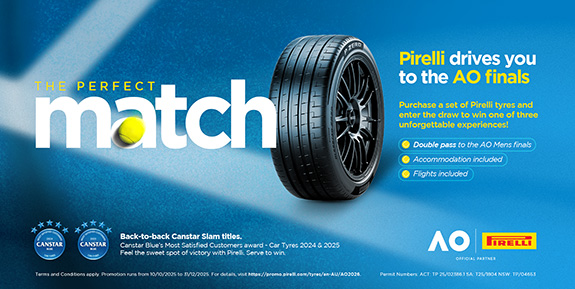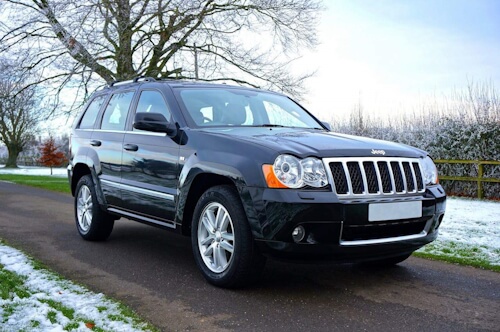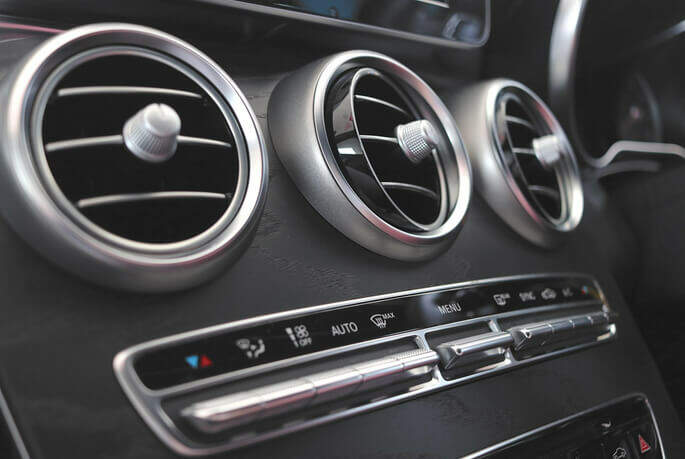You have most likely been in an SUV before, whether as a driver or a passenger, but do you know what classifies a car as an SUV? Well, first things first. The acronym SUV stands for sport utility vehicle.
Originally, the term SUV was used to describe tough vehicles built for rugged conditions, with the kind of strength you’d see in off-road or military use. Today, the acronym covers many family-friendly cars, city cruisers, off-road vehicles, and everything in between.
So what really makes something an SUV? Let’s explore it properly.
What Makes a Vehicle an SUV?
An SUV is often larger and higher off the ground than a normal car. It usually gives you extra room and a better road view, and it’s often more imposing than other cars. Some SUVs are designed for dirt tracks and towing, while others are made for comfort. Not every SUV is designed for off-roading use, but most are designed to handle more than the average sedan or hatchback.
Common traits of an SUV include:
- Higher seating position and ground clearance
- Spacious cabin and flexible cargo areas
- Options for all-wheel drive or four-wheel drive
- A taller, more upright shape for better visibility
- Stronger suspension and chassis design
- Practical layouts suited to family, work or travel use
Different Types of SUVs on the Market
SUVs aren’t all the same size or style. Here are the main categories you’ll come across in Australia:
Compact SUVs
It is smaller and easier to park, ideal for city driving. It still offers more room than a small hatchback but without the bulk.
Mid-Size SUVs
A common choice for families, this model comfortably seats five, has decent boot space, and is more fuel efficient than the large models.
Large or Full-Size SUVs
Built for bigger families, towing or long road trips. Plenty of space, often with seven seats, but heavier and more fuel-hungry.
Off-Road/4WD SUVs
Designed for tougher conditions, it features higher ground clearance, a strong chassis, and proper 4WD systems for sand, mud, or tracks.
While they all get called SUVs, some are closer to everyday road cars, and some are purpose-built for adventure.
Is an SUV Right for You?
SUVs suit a lot of Australian drivers, but they’re not for everyone. Here’s a simple look at the pros and cons.
Advantages
- It offers more room for passengers, kids, and gear, which is especially handy when you go camping, for example.
- Provides better visibility due to a higher driving position.
- Often available with AWD or 4WD options for improved traction.
- Tends to feel more stable on rough or uneven roads.
Disadvantages
- Uses more fuel compared to smaller cars.
- It can feel bulky and harder to park in tight city spaces.
- Some models are heavier and slower to manoeuvre.
Note: If you like space, flexibility and a good presence on the road, then an SUV can be a great choice. If you mostly drive alone in the city, there may be other types of vehicles that could better suit your needs.
SUV vs Crossover: What’s the Difference?
Construction
Traditional SUVs are made with a body-on-frame design. That means that the body is riding on top of a separate frame, just like most trucks. It provides them with more strength for towing and for rough roads. Crossovers, on the other hand, are built with a monocoque frame design, also known as a unibody frame, in which the body and frame are made into one solid piece. This design makes them lighter and more comfortable to drive around on a daily basis.
Drive Feel
Crossovers feel more like regular cars. They’re easier to steer, handle better on corners, and are simpler to park. SUVs feel bigger and sturdier, which can be great on country roads, but they’re often heavier and can be a bit bumpier on smooth roads.
Performance and Capability
SUVs are usually built for bigger jobs. They sit higher, tow more, and are better suited to off-road tracks or long drives through tougher terrain. Crossovers are built for daily driving, with a good mix of comfort, space, and fuel efficiency.
Interior Space
Both crossovers and SUVs provide a higher driving position and a spacious interior. SUVs may have a bit more rugged features and room, which some families and weekend adventurers prefer.
Explore SUV Tyres with Tyrepower
Once you’ve got your SUV, the tyres you choose make a big difference in how it feels on the road. SUVs are heavier than regular cars so require tyres that are built to support the load, provide stability and grip in all conditions. Choosing the best SUV tyres helps in improving handling, safety and comfort in every drive.
Whether you cruise the highways, take long road trips or hit gravel tracks on weekends, Tyrepower can advise you on the right tyres for your driving conditions.


























